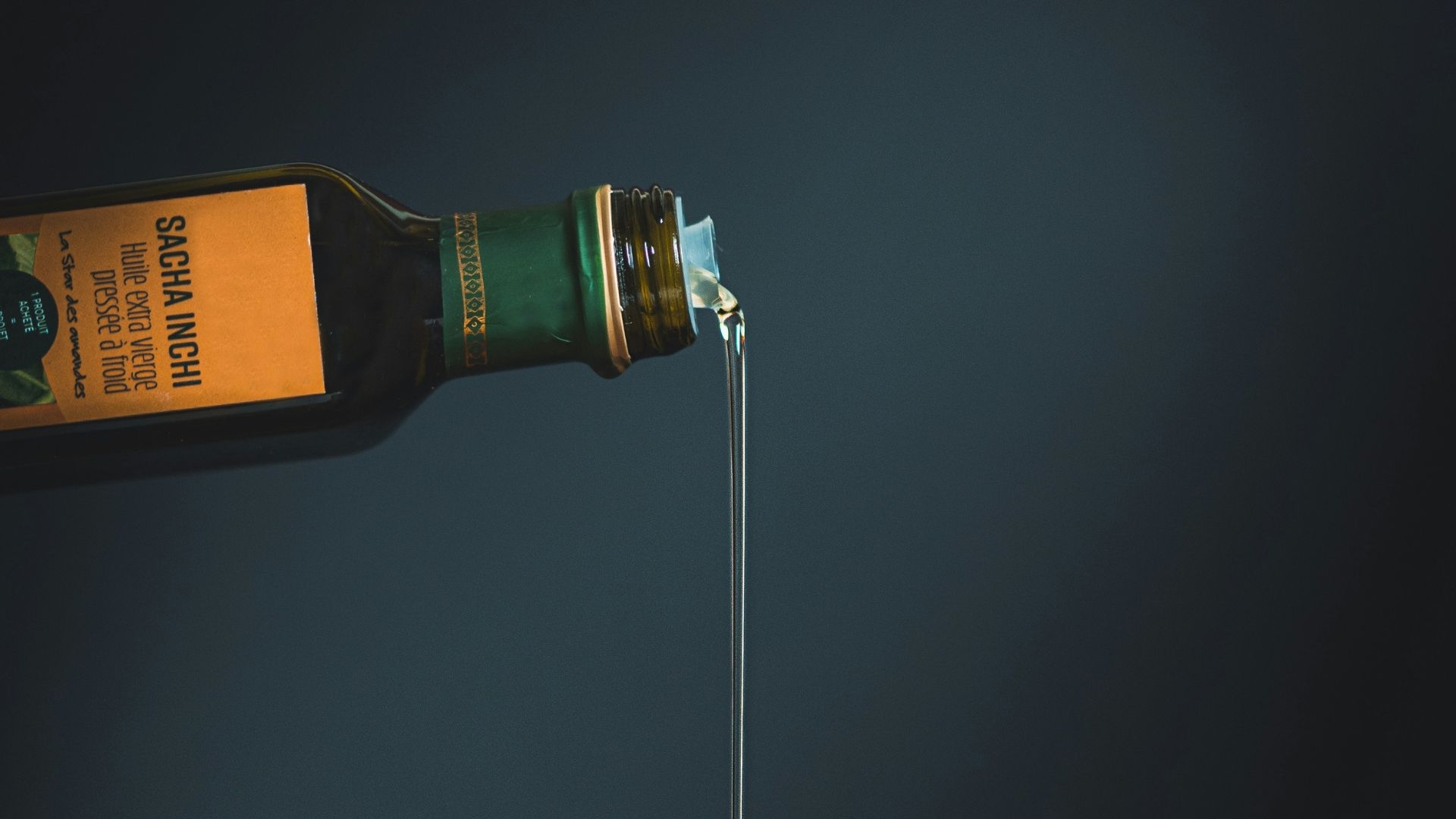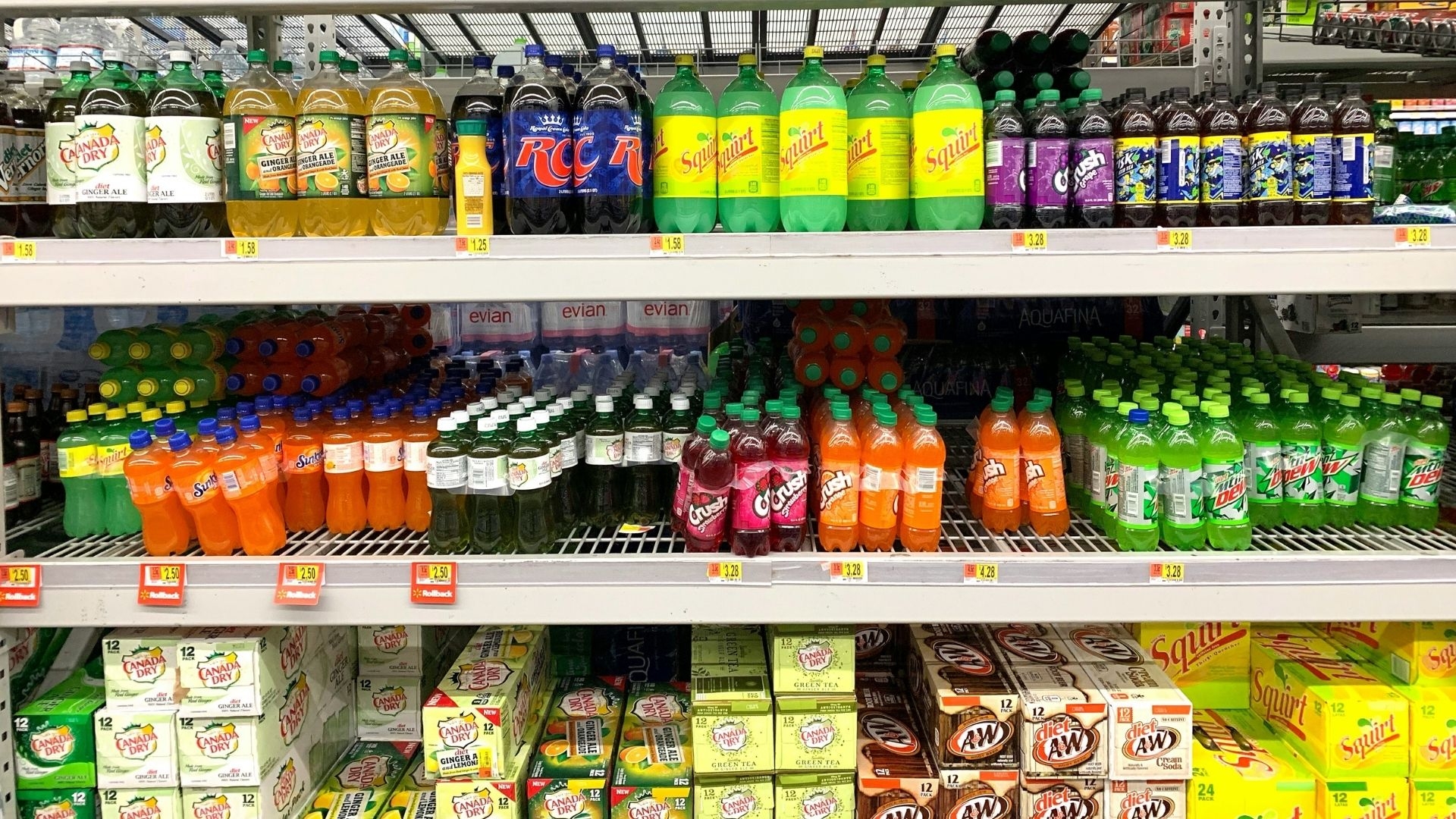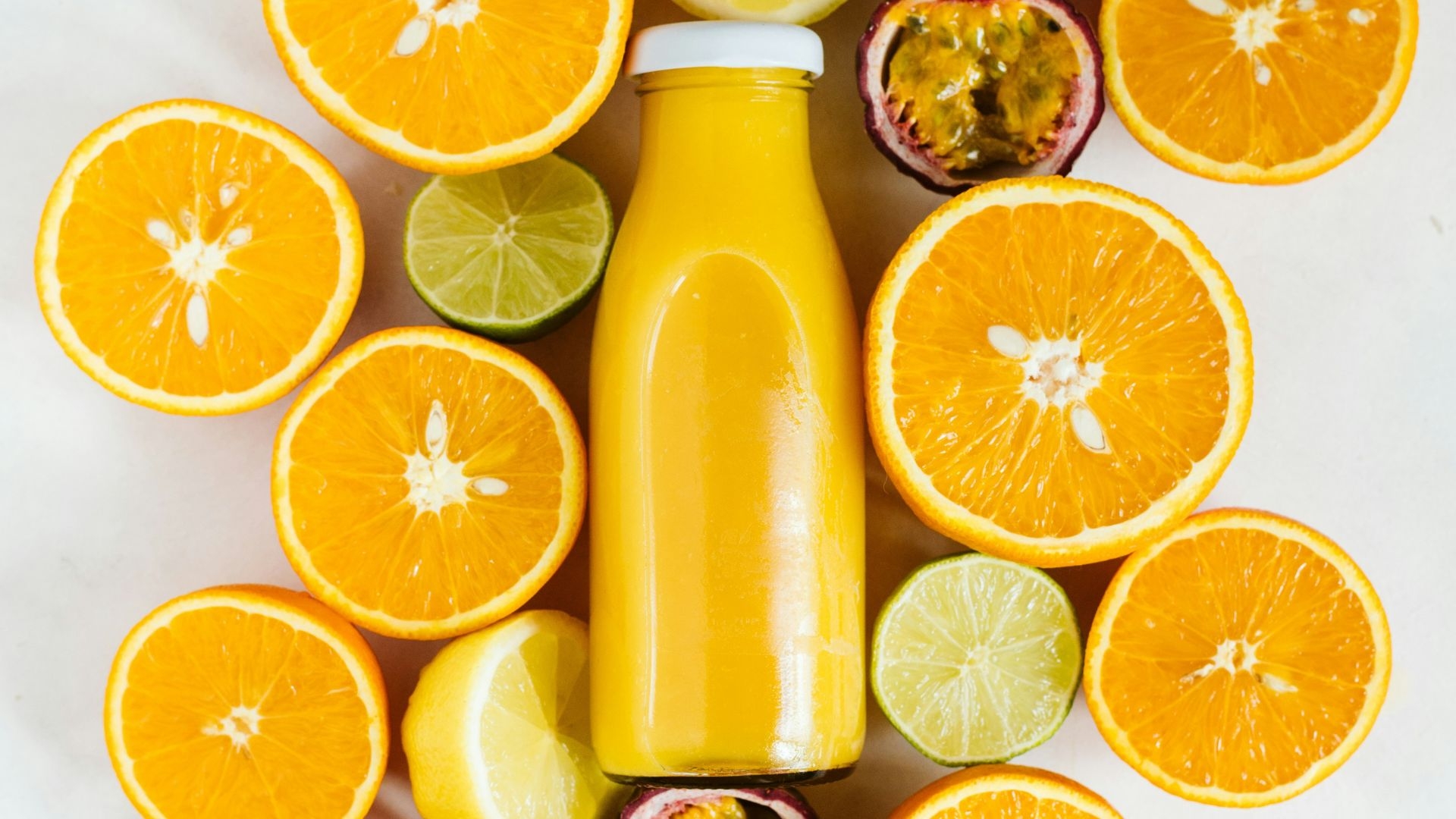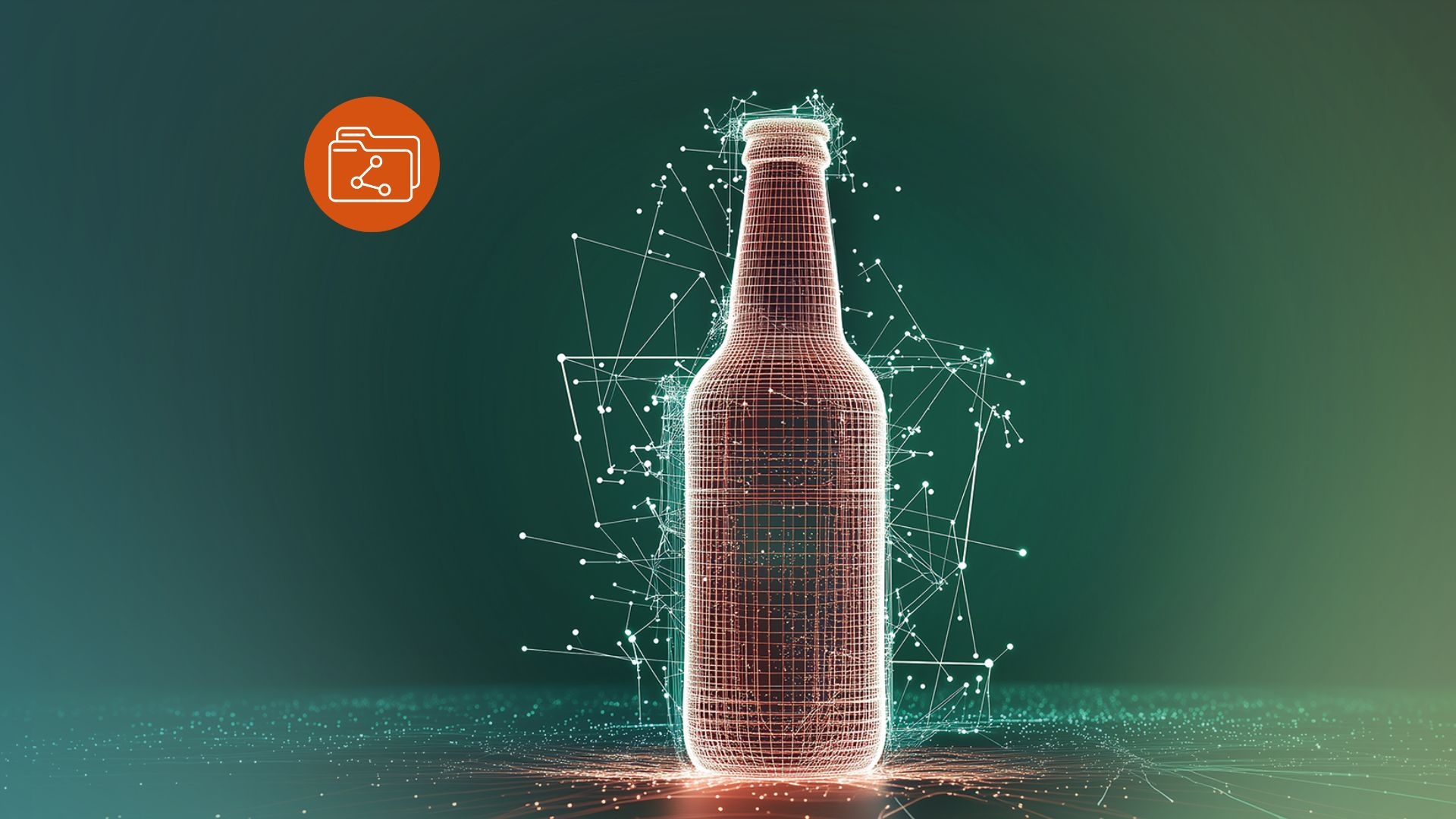A post by
Thomas Birus
Dipl.-Ing. Food Technology

How do pulp fats and seed fats differ in terms of extraction and processing? What options are available for modifying oils and fats? This article provides an overview of the special features of edible oil production.
Released on 14/08/2025
A post by
Thomas Birus
Dipl.-Ing. Food Technology
Fats (triglycerides) are esters of more or less long-chain fatty acids with the trivalent alcohol glycerol. The term ‘oil’ is used when the substance is in liquid form at room temperature, and ‘fat’ when it is in solid form.
Fats always contain natural accompanying substances, e.g. phospholipids, sphingolipids, free fatty acids, cholesterol, sterols (e.g. phytosterols), colouring agents (lipochromes), waxes and vitamins.
These fats are finely distributed in the highly water-containing tissue of the fruit. Any mechanical stress that causes cells to burst, or even mere ageing, triggers enzymatic reactions that can lead to the breakdown of fats or other forms of spoilage. This means that fruit pulp fats must be extracted at the place where the plants are grown. The two fruit pulp fats that are important in food technology are palm oil and olive oil. Avocado oil is used almost exclusively in cosmetics due to its high price.
Palm oil
The fruits (berries) of the palm oil contain up to 65% pulp, which in turn contains approx. 40% oil. The oil is rich in palmitic and oleic acid. At room temperature, it separates into a liquid and a solid phase, making it well suited for fractionation. In addition to the pulp, the palm fruits contain so-called nuts, which can be dried and cracked, and palm kernel fat can then be extracted from the kernels by pressing.
Important processing steps:
Olive oil
The olives are separated from leaves, twigs, etc., which could later clog the centrifuges. In small, traditional operations, crushing can still be done using a roller mill or stone mills (similar to horizontal grinding mills). Pressing is then carried out discontinuously in hydraulic pack presses.
The pulp is then treated in malaxers. These are temperature-controlled, semi-continuous containers in which the pulp is stirred intensively for 15-30 minutes. This causes enzymatic and mechanical cell breakdown, allowing the oil droplets to escape from the cells. The pomace (solid matter) and most of the fruit water are then separated in two-phase decanters. However, the must that drains off contains approx. 25% water, which is why the fruit water and turbid matter are separated using centrifuges.
All oilseeds must be prepared for oil extraction, with differences depending on the process (pressing or extraction) and seed type. Sunflower seeds, for example, must be hulled, whereas rapeseeds do not. The fat is extracted using continuous screw presses and then extracted in a counter-current process with hexane or ethyl methyl ketone. Extraction agents are subject to particularly high requirements in the food industry:
The oils obtained are often coloured, have an unattractive odour and may contain suspended mucilage and insoluble impurities. They are then subjected to refining. The loss of usable vegetable oil is about 4 to 8%. Without refining, the majority of fats and oils would not be suitable for human consumption.
Refining comprises the following steps:
As natural products, fats and oils do not always meet the requirements for manufacturing the desired end products. Some raw materials are ideal for a specific purpose but are only available in small quantities or are expensive. Modifying fats changes the physical properties of the raw materials and adapts them to the desired end uses.
The following options are available for modifying fats:
Oils have a high content of unsaturated fatty acids, which is why their melting point is low. By adding hydrogen (hydrogenation), double bonds can be saturated, resulting in saturated fatty acids or fatty acids with fewer double bonds. This raises the melting point of the fats, making them harder. This process produces small amounts of trans fatty acids, which are considered nutritionally critical.
Another problem, for example in the production of CPO (crude palm oil), is the formation of so-called 2-MCPD fatty acid esters (esters of various fatty acids with 2-monochloropropanediol as the alcohol component). The same applies to 3-MCPD. These are formed at high temperatures during the refining of oils and have a potentially harmful effect on health. This applies in general to glycidyl fatty acid esters (these are esters of various fatty acids with glycidol, an epoxide, as the alcohol component). The EFSA (European Food Safety Authority) has not specified a safe limit due to their genotoxic and carcinogenic potential.
How can their formation be prevented or removed during the production of edible oils? During cultivation, chlorine should be introduced as little as possible through water, fertilisers or pesticides. During processing, care must be taken to ensure that no chlorine is used during steaming or dilution. The most important step is to remove as much of the unwanted chlorine from the crude palm oil as possible. To do this, the CPO is mixed with chlorine-free washing water. The chloride ions migrate into the washing water. The washing water (and thus the unwanted chlorine) is then separated using high-performance disc centrifuges.
Edible oils with a high content of unsaturated fatty acids (omega-3 and omega-6 fatty acids) are generally subject to autoxidation. This is a continuous, slow and permanent oxidation of the double bonds. This produces unpleasant aromas that make the oil unattractive to the senses. These off-flavours are described as green, grassy, musty or even rancid. For this reason, such oils must be bottled in brown bottles under an atmosphere of nitrogen.
They should be stored in a cool place away from light. This applies to retailers and, above all, to consumers. The auto-oxidation substances that would otherwise form have a low perception threshold and therefore have a strong negative impact on sensory enjoyment. Linseed oil, for example, is bottled in small quantities. Once opened, it must be stored in the refrigerator and consumed within three days. Otherwise, auto-oxidation will cause it to become viscous and aromatically unpalatable.
Sources
Reinhard Matissek: Lebensmittelchemie (Food Chemistry), 9th, revised and updated edition; Springer Spektrum 2019;
Thomas Birus: own lecture notes
Machine translated

Product safety
A post by Thomas Birus
Read more

Product safety
A post by Thomas Birus
Read more

Water treatment
A post by Susanne Blüml
Read more

drinktec key topic
A post by Susanne Blüml
Read more